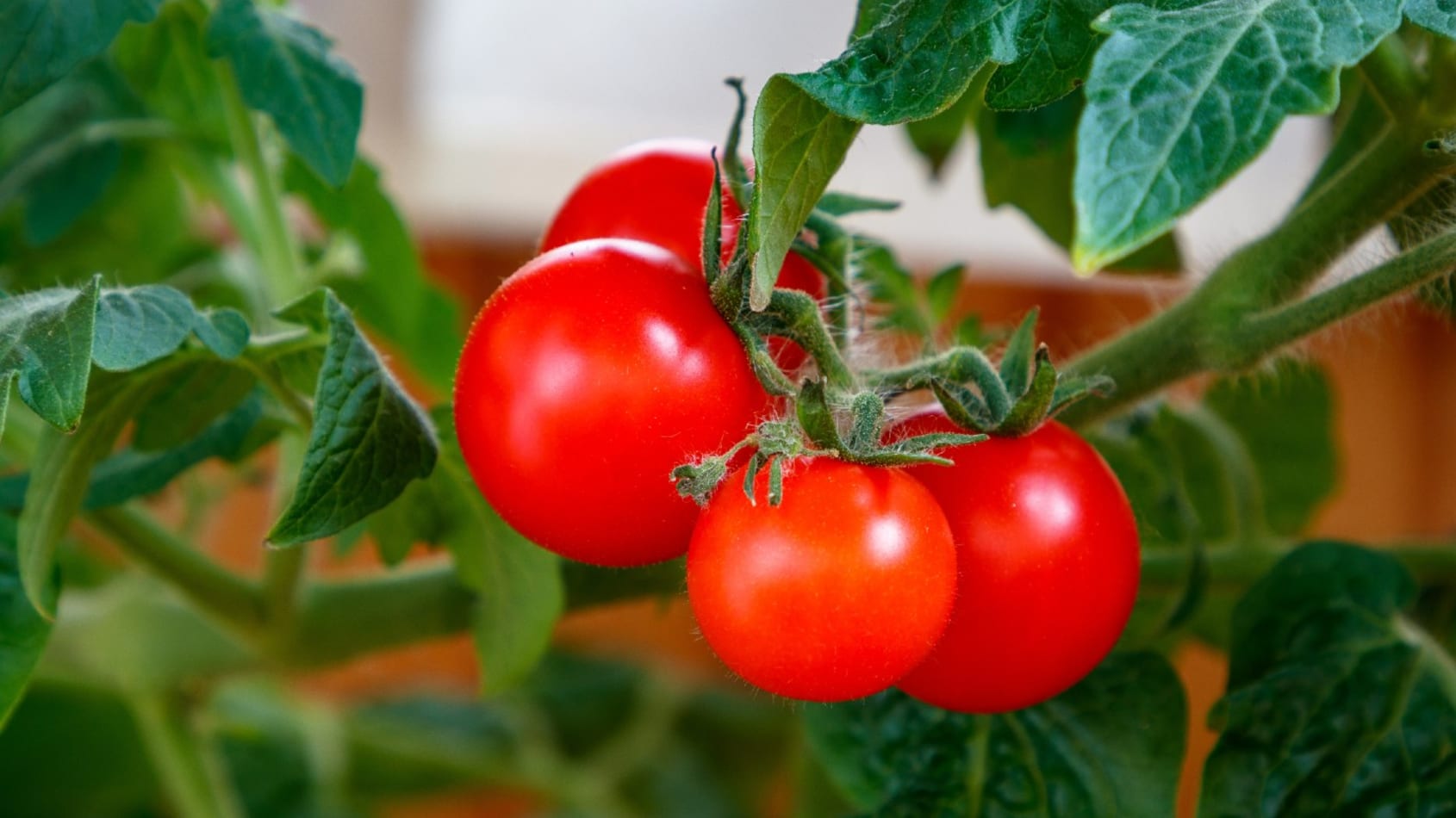Learn about brain health and nootropics to boost brain function
Five nutrient-rich vegetables to grow in an immunity garden

Gardening was one of the most popular at-home activities in 2020 – and this year enthusiasts are being urged to take their green-finger skills to a healthier level.
Immunity gardens are set to be “one of the year’s biggest trends” and planting your green space with immunity-boosting crops is the new “grow your own”, GardeningEtc reports.
Growing flavourful, nutrient-rich vegetables can strengthen your immune system and add vibrant hues to your outdoor area.
“By adding more colours on your plate, the better off you’ll be,” says seed company Burpee Europe . “Planting a garden full of vibrant vegetables fosters a diverse diet loaded with antioxidants and nutrients that support your immune system, while a dazzling medley of squash, radishes and tomatoes adds appetising eye candy to your garden and your salad bowl.”
To help add colour to your 2021 diet, Burpee Europe experts have picked out five nutrient-rich vegetables to grow in your immunity garden. Red: tomatoes
Tomatoes get their ruby-red hue from lycopene, a powerful antioxidant that promotes heart health by helping to improve cholesterol levels. Lycopene may also reduce the risk of prostate and breast cancers. Stretch out your tomato season by planting one or more varieties at different times, early, middle or late summer. Orange: squash
The sweet orange flesh of winter squash is rich in vitamin C, which aids the immune function. By enhancing iron absorption, vitamin C also helps energise the body and fight fatigue. Squash plants have a shallow root system, so use mulches to help retain soil moisture and maintain even soil temperatures. Yellow: pepper
Crispy yellow peppers are packed with vitamins, including brain-boosters B6 and B9 (also known as folate). B vitamins support memory function and may help ward off depression. Pepper plants require steady watering, but they won’t tolerate waterlogged roots. Add organic matter to the soil when planting to regulate soil moisture. Green: broccoli
Tree-like broccoli is full of fibre, which is critical for good digestive health and bowel function. Its fibre and antioxidants also aid in controlling blood sugar levels. Pick broccoli when the heads have tight, firm buds. This happens about 50-60 days after transplant. Purple: radishes
Anthocyanins give radishes their elegant colours, and they also have cancer-fighting properties. The natural pigments have been shown to prevent and curb cancer cell growth. Sow radishes in midsummer for late autumn and winter use. They can grow large with several inches of root showing above ground.
Read more at www.theweek.co.uk